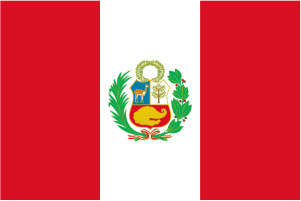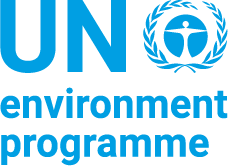
Annual forest and peatland fires in Central Kalimantan are reaching more than thirty percent of total fires in Kalimantan Island. Symptoms of climate change in the form of increasingly an extreme weather and global climate phenomena support the severity of fires occurrences and transboundary haze. This study aims to investigate the latest severe fire and haze condition in Central Kalimantan. Hotspot data was from 2006 to 2019. Visibility, Particle Matter Size 10 (PM 10) and Air Pollution Standard Index (PSI) data was from El Niño in 2014/2015 comparison to La Niña in 2016/2017. The results showed that the top incidents in peatland occurred not only very strong in 2015 but also weak El Niño in 2006. The most of dense hotspots density in the last fourteen years (> 50% of fires in the area) found in Pulang Pisau, Palangka Raya and Kapuas. The haze condition in Palangka Raya was getting thicker at the end of October. The dangerous of PSIs with PM10 concentrations of more than 500 µg m-3 occurred for 2 (two) months, from the end of August to the early of November 2015. PSIs in highest fire occurrences in 2015 is about 50 times greater than the lowest fire occurrences in 2017. Low visibility in 2015 was ranging from 200 to 900 m during the peak air pollution season. Thus, this El Niño-induced fires and haze in peatland area could threaten thousand peoples and cause harmful feed-back to the environment.
Download:
 file
file

- Authors: Yulianti, N., Kusin, K., Naito, D., Kawasaki, M., Kozan, O., Susatyo, K.E.
- Author Affiliation: University of Palangka Raya, Kyoto University, Center for International Forestry Research
- Subjects: peatlands, fire prevention, air pollution, climate change, forest fires
- Publication type: Journal Article, Non-ISI
- Source: Journal of Wetlands Environmental Management 8(2): 100-116
- Year: 2020
- DOI: https://doi.org/10.20527/jwem.v8i2.221



















